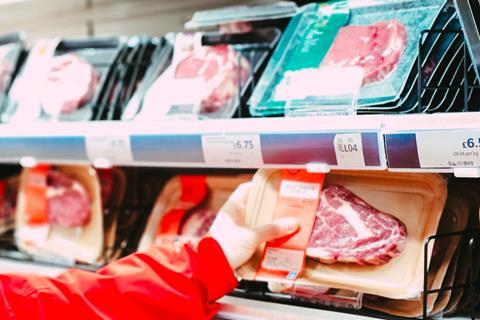
Sales of red meat are beefing up. After a challenging few years that pushed cash-strapped Brits towards cheaper proteins, red meat has bounced back.
And how! Beef has registered the biggest absolute value gain of any grocery line this year. It’s up £242.1m, having shifted an extra 6.8 million kilos. At the same time, lamb has grown value by £37m on volumes up 4.3%.
Those gains have been driven by “the return of lost shoppers” to red meat, says AHDB’s lead retail insight manager Grace Randall. “While there is still inflation in the category, consumer confidence has started returning,” she reports.
Volumes of beef and lamb are back to levels last seen two years ago, according to Randall. That was before many shoppers moved towards more value options – such as pork, chicken or no meat at all – in the depths of the cost of living crisis.
Red meat has also benefited from innovation and premiumisation, Randall suggests. New offers such as Tesco Finest’s Steakhouse range (see Top Launch, below) have encouraged shoppers to trade up from standard own label to higher-end lines.
“With confidence coming back, people are happier to pay more,” Randall says. “They are also still trying to limit spending on eating out and instead looking at premium home meals.” For ease, many shoppers are splashing out on convenient products such as beef cuts packed for sous vide cooking.
For Randall, the upturn in beef sales was to be expected as economic conditions improved. But lamb’s strong growth came as “a big surprise” – driven by promotions from retailers at key points of the year, such as Christmas and Easter.
That leaves pork as the only red meat struggling. It performed strongly last year due to its similar price point to chicken. However, the costs per kilo of pork and gammon are up 6.4% and 13.5% respectively, creating a wide price gap with poultry. Volume sales have fallen accordingly: 4.2 million fewer kilos of the pig meats have gone through tills.
Pork is “the squeezed middle”, says Randall. “It’s not the cheapest and not viewed as the tastiest and most versatile”. For that reason, AHDB kicked off a £1m ad push in January to “remind shoppers pork can be both tasty and versatile”, Randall says.
The ‘Feed your Family for Less with Pork’ campaign aimed to inspire shoppers with recipes such as a katsu-style curry, a sweet & sour stir-fry and creamy pork pasta.
Pork’s slowdown can also be seen – albeit to a lesser extent – in bacon. It’s experienced a 0.8% fall in volumes against a 5.3% increase in value, driven by inflation. Average price per kilo is up 6.1%.
This slowdown is due to the trend towards premium cuts of meat, many of which have a healthier reputation than bacon, says NIQ analyst Lisa Rees.
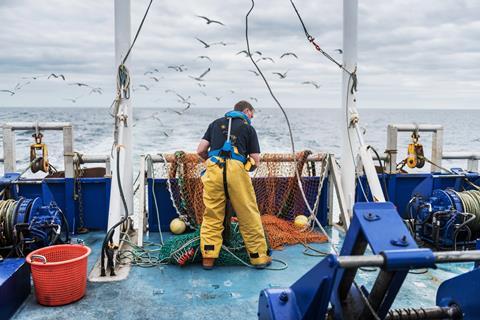
For a more everyday option, the popularity of chicken has “not waned”, Rees notes. Indeed, it’s up 7.1% in value and 5.6% in volume. That its average price per kilo has increased just 1.4% goes some way to explain this performance.
It’s a similar picture for other types of poultry. Turkey has grown value 8.2% on the back of year-round availability as a “healthier alternative” to other proteins, Rees says.
Duck is also increasingly popular, enjoying value sales up 32.8% on volumes up 54.1%. That was helped in part by a 13.8% cut in average price per kilo.
Promotions played a part in that trend, says Rebecca Alderton, Gressingham Foods marketing manager. The duck specialist has reaped the rewards of an “extensive promo plan” in major retailers to “make duck accessible to new consumers”, she says.
The meat has also “benefited from new formats and ease of cooking methods, giving rise to home cooking rather than the restaurant/take-away experience”, Rees says.
The rise of at-home dining is doing good things for sausages, too. They’re worth an extra £69.7m, including chicken sausages. Average price for pork and beef options, which make up the lion’s share of sales, has risen a relatively small 3.2%.
Products such as the Richmond Extra Tasty range, launched in September, play to both the premium and healthier eating trends, says Jason Winstanley, head of research at Richmond owner Pilgrim’s Europe.
The brand doubled down on its premiumisation tactic in the run-up to Christmas with the launch of a posh pigs in blankets range, after witnessing huge sales of the festive favourite in 2023.
But not all shoppers are looking to sausages as a premium option, Winstanley adds. For those who have not fully recovered from the cost of living crisis, sausages can still present an affordable meal option.
“More and more people have been leaning towards fresh sausages as a budget-friendly protein source, especially during the cost of living crisis,” Winstanley says.
“With inflation eating into buying power, many shoppers are picking cheaper meats instead of pricier ones. This trading down trend shows how we’re adjusting our spending to save a bit here and there.”
Fishy inflation
Inflation also continues to weigh down on sales of fish, albeit to a lesser extent than in the past couple of years.
Last year’s Top Products – using different methodology – showed average price had risen 11.6%, driving kilos down 9.6%. This year, our improved dataset shows volumes are back up by 1.2%. That’s against an average price hike of 4.2%.
But not all species have grown volumes, points out Victoria Braathen, UK director of the Norwegian Seafood Council. Salmon volumes have dipped 0.4% against a 6.3% average price rise, while cod volumes have edged up 0.4% amid a 7.6% average price hike.
“An increase in purchase frequency [likely through promotions] has also impacted value,” Braathen adds. However, demand remains strong, she insists: exports of Norwegian seafood to the UK are up 5% in volume and by 3% in value.
With salmon stocks in England reaching new lows, according to the Atlantic Salmon Stock Assessment for 2023, many Brits will be thankful of a helping hand from Norway.
Top Launch 2024
Tesco Finest Steakhouse | Hilton Foods
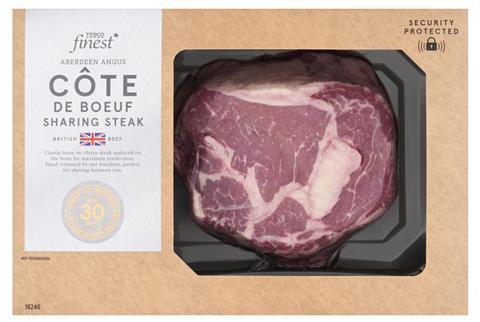
Tesco and its partner Hilton rolled out this Finest Steakhouse range in September to help consumers “recreate the luxury steakhouse experience at home”. The 26-strong range features premium sharing steaks such as T-bone, bone-in sirloin, flat iron and côte de boeuf. Single steaks include salt-aged rump, sirloin, ribeye and thick-cut fillet. All are British Aberdeen Angus, highlighting Tesco’s aim to celebrate the best of British meat. They’re also dry aged for up to 35 days and hand trimmed.
Read more: Fresh - meat, fish & poultry 2023: Cost-effective chicken sees huge gains
The Big Book of Grocery: Top Products Survey 2024

It’s our most comprehensive report ever, measuring a record 127 categories and including grocery sales data from discounters Aldi and Lidl and online giant Amazon for the first time
- 1
- 2
- 3
- 4
- 5
- 6
- 7
- 8
- 9
- 10
- 11
- 12
- 13
- 14
- 15
- 16
- 17
- 18
- 19
- 20
- 21
 Currently
reading
Currently
reading
Fresh - meat, fish & poultry 2024: red meat soars as beef adds £242m
- 23
- 24
- 25
- 26
- 27
- 28
- 29
- 30
- 31
- 32
- 33
- 34
- 35
- 36
- 37
- 38
- 39
- 40
- 41
- 42
- 43
- 44
- 45
- 46
- 47

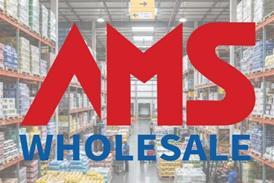
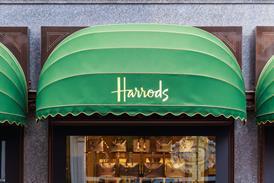


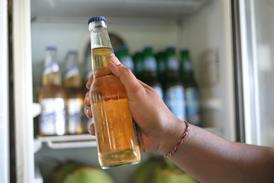






























































































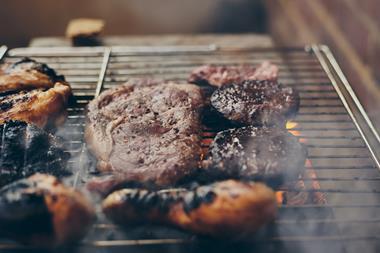
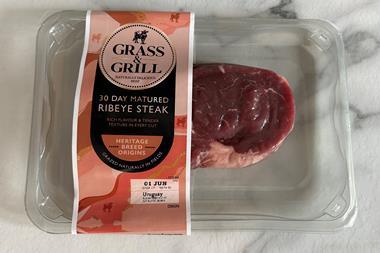
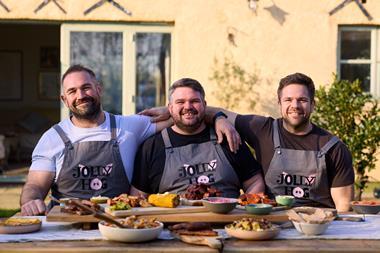
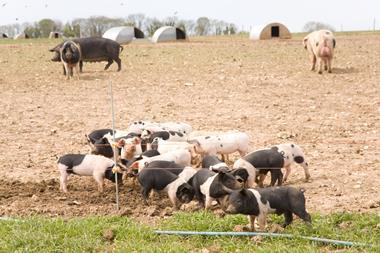
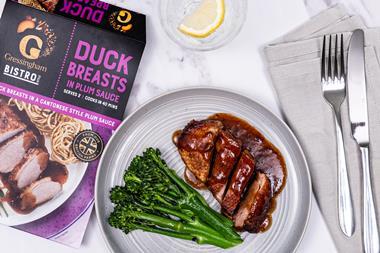
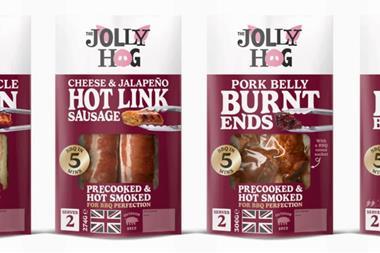
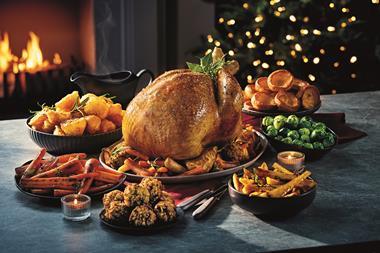


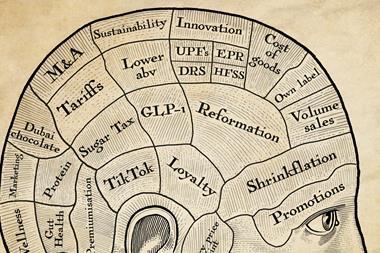
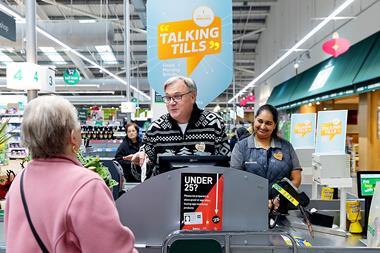

No comments yet